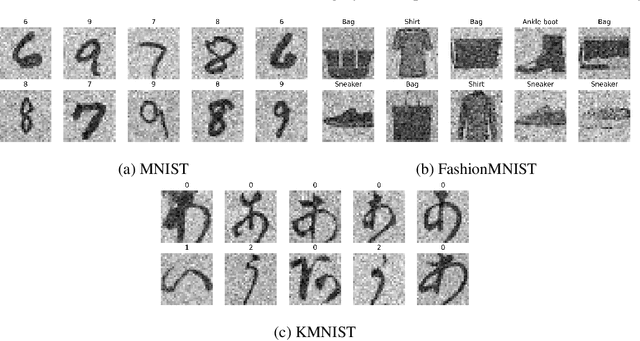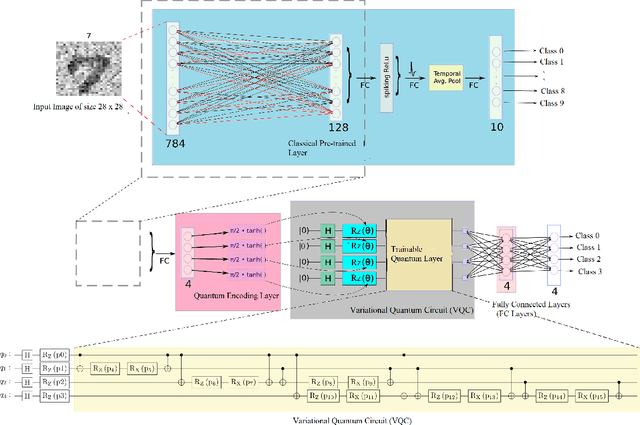Aditya Das Sarma
Machine Learning as an Accurate Predictor for Percolation Threshold of Diverse Networks
Dec 16, 2022Abstract:Percolation threshold is an important measure to determine the inherent rigidity of large networks. Predictors of the percolation threshold for large networks are computationally intense to run, hence it is a necessity to develop predictors of the percolation threshold of networks, that do not rely on numerical simulations. We demonstrate the efficacy of five machine learning-based regression techniques for the accurate prediction of the percolation threshold. The dataset generated to train the machine learning models contains a total of 777 real and synthetic networks and consists of 5 statistical and structural properties of networks as features and the numerically computed percolation threshold as the output attribute. We establish that the machine learning models outperform three existing empirical estimators of bond percolation threshold, and extend this experiment to predict site and explosive percolation. We also compare the performance of our models in predicting the percolation threshold and find that the gradient boosting regressor, multilayer perceptron and random forests regression models achieve the least RMSE values among the models utilized.
Random Quantum Neural Networks (RQNN) for Noisy Image Recognition
Mar 03, 2022



Abstract:Classical Random Neural Networks (RNNs) have demonstrated effective applications in decision making, signal processing, and image recognition tasks. However, their implementation has been limited to deterministic digital systems that output probability distributions in lieu of stochastic behaviors of random spiking signals. We introduce the novel class of supervised Random Quantum Neural Networks (RQNNs) with a robust training strategy to better exploit the random nature of the spiking RNN. The proposed RQNN employs hybrid classical-quantum algorithms with superposition state and amplitude encoding features, inspired by quantum information theory and the brain's spatial-temporal stochastic spiking property of neuron information encoding. We have extensively validated our proposed RQNN model, relying on hybrid classical-quantum algorithms via the PennyLane Quantum simulator with a limited number of \emph{qubits}. Experiments on the MNIST, FashionMNIST, and KMNIST datasets demonstrate that the proposed RQNN model achieves an average classification accuracy of $94.9\%$. Additionally, the experimental findings illustrate the proposed RQNN's effectiveness and resilience in noisy settings, with enhanced image classification accuracy when compared to the classical counterparts (RNNs), classical Spiking Neural Networks (SNNs), and the classical convolutional neural network (AlexNet). Furthermore, the RQNN can deal with noise, which is useful for various applications, including computer vision in NISQ devices. The PyTorch code (https://github.com/darthsimpus/RQN) is made available on GitHub to reproduce the results reported in this manuscript.
 Add to Chrome
Add to Chrome Add to Firefox
Add to Firefox Add to Edge
Add to Edge